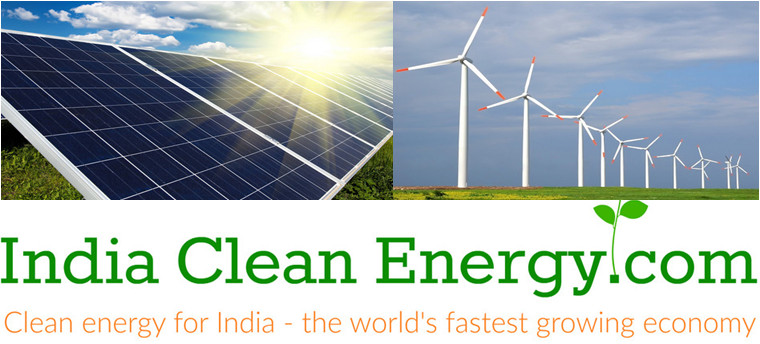Energy 101: Solar PV
[svpVideo v=1]

Below is the text version for the Energy 101: Solar PV video.
The video opens with “Energy 101: Solar PV.” This is followed by a timelapse shot of a city skyline as day turns to night.
All right, we all know that the sun’s energy creates heat and light, but it can also be converted to make electricity…and lots of it.
The video shows images of building roofs, with and without solar photovoltaic panels. The words “Solar Photovoltaics (PV) appear onscreen over an image of a photovoltaic panel.
One technology is called solar photovoltaics, or PV for short.
Various images of solar panels appear onscreen, followed by images of photovoltaic manufacturing processes.
You’ve probably seen PV panels around for years… but recent advancements have greatly improved their efficiency and electrical output.
The video shows images of the sun hitting a photovoltaic panel, then an electricity meter.
Enough energy from the sun hits the earth every hour to power the planet for a year.
An animation shows the sun emitting energy to the earth, where it reaches a photovoltaic panel.
Here’s how it works. You see, sunlight is made up of tiny packets of energy called photons. These photons radiate out from the sun… and about 93 million miles later, they collide with a semiconductor on a solar panel here on earth. It all happens at the speed of light.
The animation shows the components of the solar panel.
Take a closer look, and you can see the panel is made up of several individual cells, each with a positive and a negative layer, which create an electric field. It works something like a battery.
The animation shows the movement of the photons and electrons in the semiconductor material.
So, the photons strike the cell, and their energy frees some electrons in the semiconductor material. The electrons create an electric current, which is harnessed by wires connected to the positive and negative sides of the cell.
The video moves from the solar panel animation to various shots of photovoltaic arrays.
The electricity created is multiplied by the number of cells in each panel and the number of panels in each solar array. Combined, a solar array can make a lot of electricity for your home…or business.
A shot of a home with a rooftop photovoltaic array appears onscreen, followed by an image of a warehouse roof’s array.
This rooftop solar array powers this home. And the array on top of this warehouse creates enough electricity for about 1,000 homes!
The video moves to various shots of photovoltaic arrays on land, commercial buildings, and residences.
Okay, there are some obvious advantages to solar PV. It produces clean energy. It has no emissions, no moving parts, it doesn’t make any noise, and it doesn’t need water or fossil fuels to produce power.
A portable solar panel appears onscreen, followed by a shot of power lines.
And it can be located right where power is needed… in the middle of nowhere….or it can be tied into the power grid.
The video shows an electricity meter, then various shots of photovoltaic applications.
Solar PV is growing fast, and it can play a big role in America’s clean energy economy—anywhere the sun shines. Read more…
 India Clean Energy Clean Energy for India – the world's fastest growing economy
India Clean Energy Clean Energy for India – the world's fastest growing economy